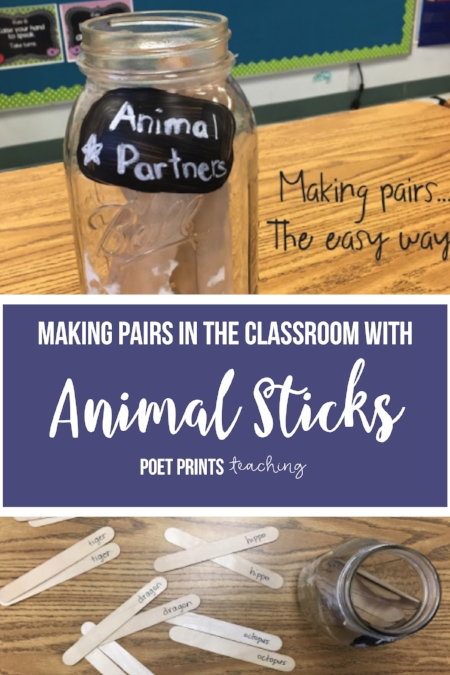Trying to fit in daily time to read the Bible can be tricky in grade three, but I feel that it’s important… especially at a Christian school. My grade three literacy program is part Daily 5, part Literacy Place, part Reading Power, and part 6-Traits. I haven’t ever found one program that completely fits the needs of my students, so I have always borrowed from the best parts of the most quality reading and writing programs on the market. Each day, my students sit for 20-25 minutes of independent, sustained Read to Self time.
In our room, this is treasured time.
My students need the time both to practice their reading, and to have a small amount of time that is calm and quiet. They treasure this time as much as I do, and heaven help us if this block has to be moved for some reason! Most of the time, students can choose to read any book (or magazine, or comic) that they would like as long as it is usually at their level.
read to self time with bibles
However, on Wednesdays, we spend the entire Read to Self block in our Bibles.We are so lucky to have a class set of Bibles that are assigned to each student.We have New International Reader's Version Bibles that are just about perfect for a third-grade reading level.
I think that it is so important to cultivate a classroom culture that places an emphasis on the Word as being important. Building strong spiritual disciplines starts early, and the Christian classroom is a great place for this. How can I teach and tell my students that reading their Bibles is important if we are not spending time to do that during class time? How can I talk about how important it is for them to fall in love with God’s Word if I am not setting that example myself?
How to help students navigate their Bibles while they read
Before our time in the Word begins, I stand at the board and help students to navigate their Bibles.They will yell out topics and stories that they want to read about, and I will (to the best of my ability) point them to the Book/Chapter in the Bible that they will head to.
Sure, there are parts of the Bible that they won’t yet be able to understand, and some of it is above their reading level, but that doesn’t mean that they are too young to start the habit of reading from a Bible for enjoyment.

Spoiler Alert: The boys like the stories about battles, fierce animals, and God showing his POWER!I cannot tell you how full my heart feels during this block. It’s amazing to look around the room and see a class full of students enraptured by the Bible. I love it when students skip up to share something new that they have discovered, or just cannot wait to tell a friend about what they have read.
Even though we only have scheduled “Wednesdays in the Word” so many of my students have begun pulling out their Bibles for Read to Self much more than one day a week. It’s such a joy to watch the Spirit move in our classroom through the hearts and minds of these little ones.



























































